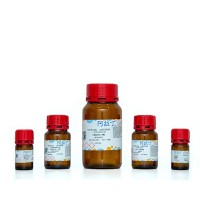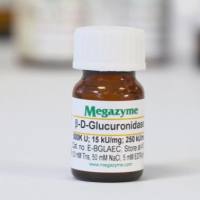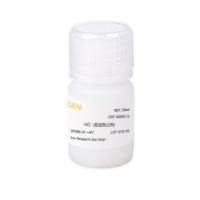Homogeneous, Bioluminescent Proteasome Assays
互联网
781
Protein degradation is mediated predominantly through the ubiquitin–proteasome pathway. The importance of the proteasome in regulating degradation of proteins involved in cell-cycle control, apoptosis, and angiogenesis led to the recognition of the proteasome as a therapeutic target for cancer (1–4). The proteasome is also essential for degrading misfolded and aberrant proteins, and impaired proteasome function has been implicated in diseases such as Parkinson’s and Alzheimer’s citech13:bib05. The importance of the proteasome for general cell homeostasis has been established, and the 2004 Nobel Prize for Chemistry honored the researchers that discovered the ubiquitin–proteasome pathway. Robust, sensitive assays are essential for monitoring proteasome activity and for developing inhibitors of the proteasome. Peptide-conjugated fluorophores are widely used as substrates for monitoring proteasome activity, but fluorogenic substrates can exhibit significant background and can be problematic for screening because of cellular autoflorescence or fluorescent library compounds. To address these issues, we developed a homogeneous, bioluminescent method that combines peptide-conjugated aminoluciferin substrates and a stabilized luciferase. We have developed homogeneous, bioluminescent assays for all three proteasome activities, the chymotrypsin-like, trypsin-like, and caspase-like, using purified proteasome. We have also applied this technology to a cellular assay using the substrate for the chymotrypsin-like activity in combination with a selective membrane permeabilization step (patent pending). The proteasome assays are designed in a simple “add and read” format and have been tested in 96- and 384-well plates. The bioluminescent, coupled-enzyme format enables sensitive and rapid protease assays ideal for inhibitor screening.








